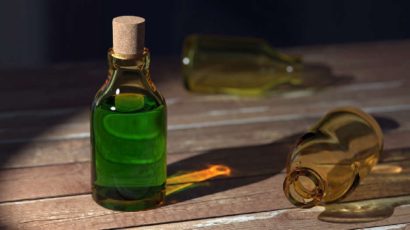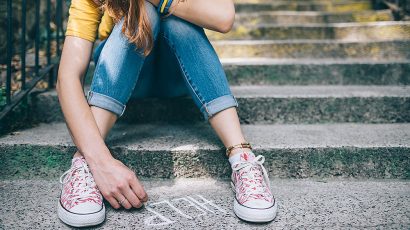Wee-wee, pipi, tis, oshikko – whatever your child’s cute word for it, sometimes it can get full of germs and that isn’t so cute for your little one.
Urine infections are quite common in children – about 1 in 10 girls and 1 in 50 boys will have a urine infection in childhood. It can be quite tricky to pick up that your son or daughter has one as the signs and symptoms may not be quite what you expect. For a start, they may not be able to tell you that it hurts when they pee!
So parents, carers and the medical profession need to do a bit of investigating – let’s look at the clues:
If you have a baby, they may have all or any of the following:
- A high fever of at least 38°C taken with a proper digital thermometer
- Vomiting
- Being floppy or irritable
- Going off their feeds and not growing properly
- Blood in their urine or smelly urine (take a sniff at a wet nappy)
- Tummy pain (this can look a bit like colic)
- Rarely, they may become jaundiced (yellowing of the eyes and skin)
So you can see here that a urine infection can look like gastroenteritis – a poorly child that is being sick, with tummy pain and a fever.
As your child becomes older and can talk to you about their symptoms, they may:
- Keep going to the toilet more often
- Tell you that it hurts or burns when they pee
- Not want to pee and try to hold it in because it hurts
- Have tummy pain, particularly in the lower part
- Have a temperature above 37.5° C (this is the upper limit of what a normal temperature can be)
- Feel unwell and grumpy
- Pass urine that is smelly, cloudy or has blood in it
Infections in the urine can also cause children to ‘regress’ in their toileting habits – i.e. if they are normally dry in the day, they might start wetting themselves. Children may also start wetting the bed again, having been dry for ages.
Usually the germs stay in the bladder (‘Lower Urinary Tract Infection’) but sometimes they can move up the tubes (ureters) from the bladder to the kidneys and cause a more serious infection there (‘Upper Urinary Tract Infection’). These children are more poorly and tend to have:
- A higher temperature that may swing up and down
- Episodes of sweating and shivering
- Pain in the tummy, side or back (this may be worse on one side)
These bladder or kidney infections are caused by bacteria and so need antibiotics, chosen and prescribed by a doctor to help our little ones fight them off. The doctor or nurse will ask for a urine sample from your child (which admittedly can be quite a challenge in a crawling toddler – I know!) so that they can test it for infection. Actually, any child who is unwell and has a fever should have their urine tested in case this is the cause of them being poorly.
So how can you help prevent these infections?
- As with so many infections, breastfeeding your baby (if you can) can help to lower the risk of them developing an infection in the urine.
- Cleanliness! For girls, teach them to wipe themselves from front (urethra) to back (anus) and not the other way round. This helps reduce the chances of bacteria from their poo getting into the urethra – the passage to the bladder. For boys, train them to clean around their foreskin regularly to avoid any buildup of bacteria that can enter their urethra. These are important life-skills too!
- Encourage your child to drink lots of water every day and go to the toilet at least every 3-4 hours. Emptying their bladder before having a bath and going to bed is a good idea for a number of reasons, as I’m sure you all know, but did you know it also reduces urine infections?
- Synthetic, tight underwear also encourages the growth of bacteria in this sensitive area so choose loose fitting cotton underwear instead that is changed every day.
- Avoid constipation – lots of fresh fruit, dried fruit, vegetables and whole grains, served with lots of water will help.
- Drinking cranberry juice has also been medically proven to prevent urine infections – something the Native Americans have known for centuries. This appears to be because it prevents the bacteria from sticking to the bladder wall and therefore staying and growing in the urine. The bacteria are flushed out when you pee instead. Ask your doctor about the appropriate amount of cranberry juice (or even capsules) to give to your child – it is usually about three glasses a day. It can have side-effects like diarrhoea and may contain a lot of sugar so talk about choosing a low-sugar variety.
As with all these medical articles, I hope this one will be useful for you in the future – do let me know if this or any of others have been of particular help for you. Your feedback is always valued. Remember that this information is not intended to replace a medical consultation. If you suspect illness or injury, you should always seek professional medical advice.
Dr Penny Fraser





